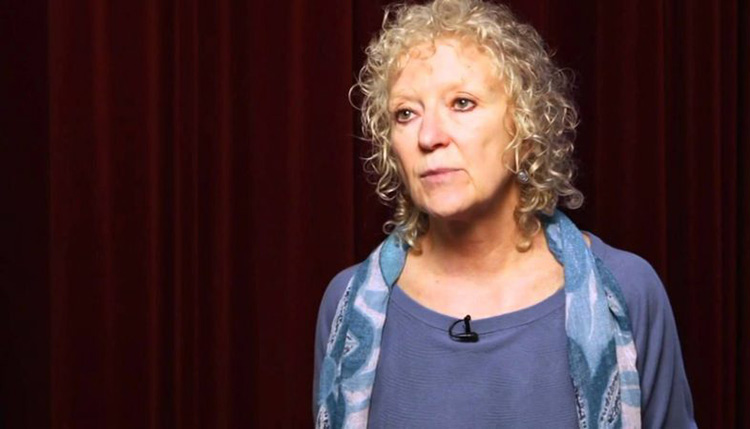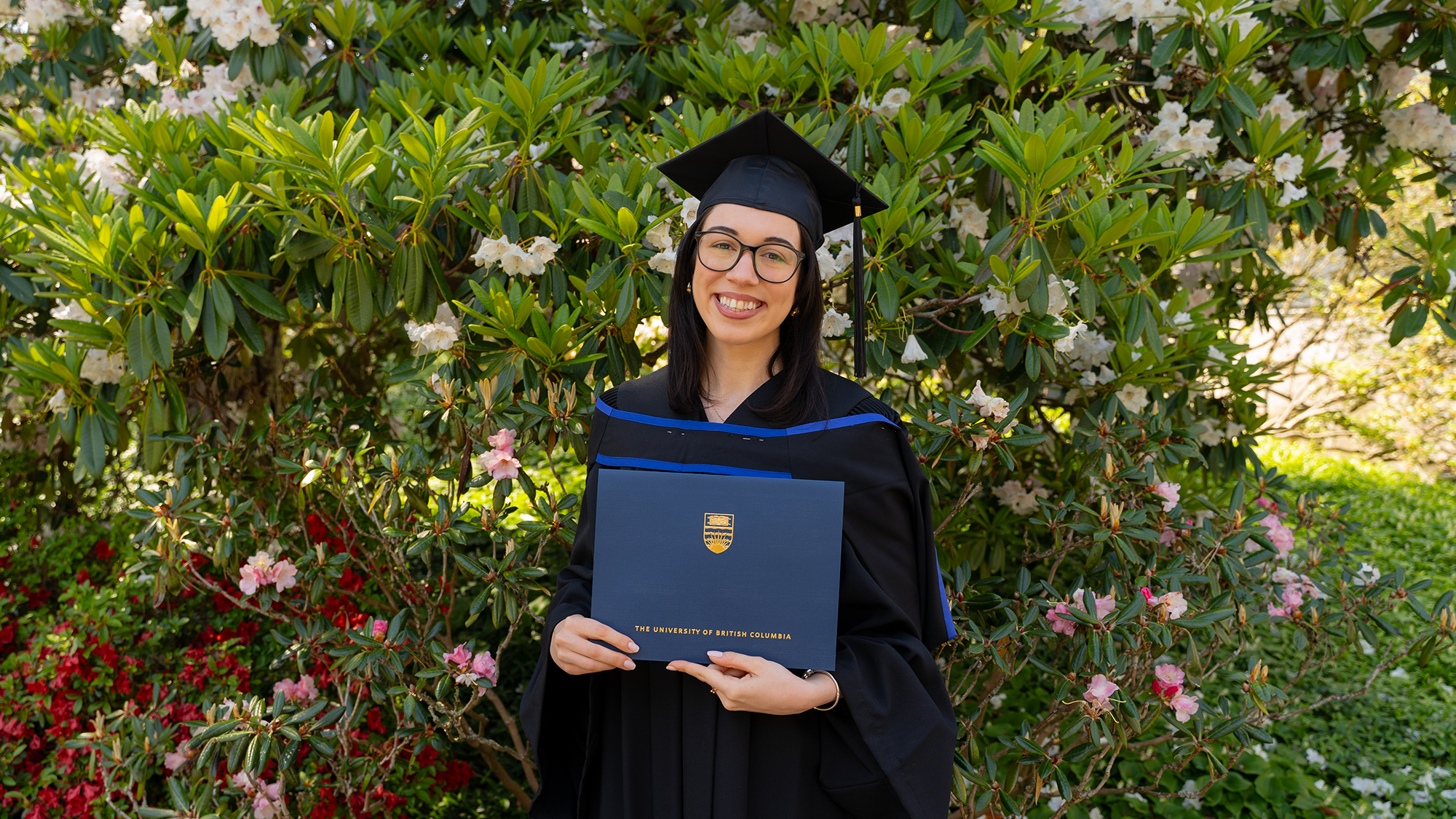

By Loren Plottel
UBC Professor Veronica (Nikki) Strong-Boag has been awarded the Jules and Gabrielle Leger Research Fellowship from SSHRC for her study of an exceptional Canadian “power couple.”
“An Edifying Couple: Lord and Lady Aberdeen, Liberal Aristocrats, Reformers, and Viceregal Activists in an Imperial World (1877-1939)” is the title of the project that won Professor Strong-Boag an opportunity to postpone her upcoming sabbatical and take up the Fellowship for 2010-11. The study is unique in that it looks at the combined influence of both the Governor General and his wife.
As Strong-Boag describes the project, such ‘power couples’ can symbolize the social, political, and cultural issues of their age. Many, most recently Georges and Pauline Vanier, Adrienne Clarkson and John Ralston Saul, and Michaelle Jean and Jean-Daniel Lafond, benefit from influential marital partnerships.
They are nothing new. Victoria and Albert appeared long before Bill and Hillary Clinton or Tony and Cherie Blair. John Gordon, or Lord Aberdeen as he was known during his Canadian viceregency (1893-98), and his wife Ishbel Marjoribanks Gordon, Lady Aberdeen, stand out as an influential couple who from their marriage in 1877 to Ishbel’s death in 1939 epitomized the possibilities of intimate unions in public life.
Ishbel’s determination to be an active partner in joint public service and John’s enthusiasm for her contribution provoked suspicion from champions of patriarchal governance. Their efforts at maintaining a degree of equality were taken to signal masculine weakness and threaten the natural and imperial order of things.
In some ways, John Gordon represented the new ‘domestic masculinity’ (1830’s-60’s) that came under attack twenty to thirty years later when the arrogant masculinity of Cecil Rhodes and his kind sought to rule the stage. The fact that he was a British aristocrat, who, in Canada and elsewhere, was often assumed to be somewhat unmanly in the first place, was the subtext that dogged most of his official career and didn’t help his efforts at change.
The study explores imperial feminism as personified in Lady Aberdeen. A long-time president of the International Council of Women, whose efforts helped create the League of Nations in 1919, Ishbel felt that the privileged class had the duty to promote racial and religious cooperation and tolerance, notably between French and English in Canada and the Irish, Scottish, and English in the United Kingdom. She and her husband both felt that women’s empowerment would decrease conflict and increase conciliation. White women in particular had a special role as the leading bearers of advanced civilization but ultimately they were to share power with a much larger sisterhood.
The liberal sensibilities that clearly defined the couple viewed foreign nations as potential allies not enemies. They anticipated an international order in which peace and worldwide Christian unity would reign. It is not surprising to learn that Lady Aberdeen sheltered Jewish refugees from Nazi Germany as her hopes for a better world faltered in the 1930’s.
Professor Strong-Boag sees her forthcoming study as offering another perspective on the construction of advantage and disadvantage in imperial and post-colonial worlds.


